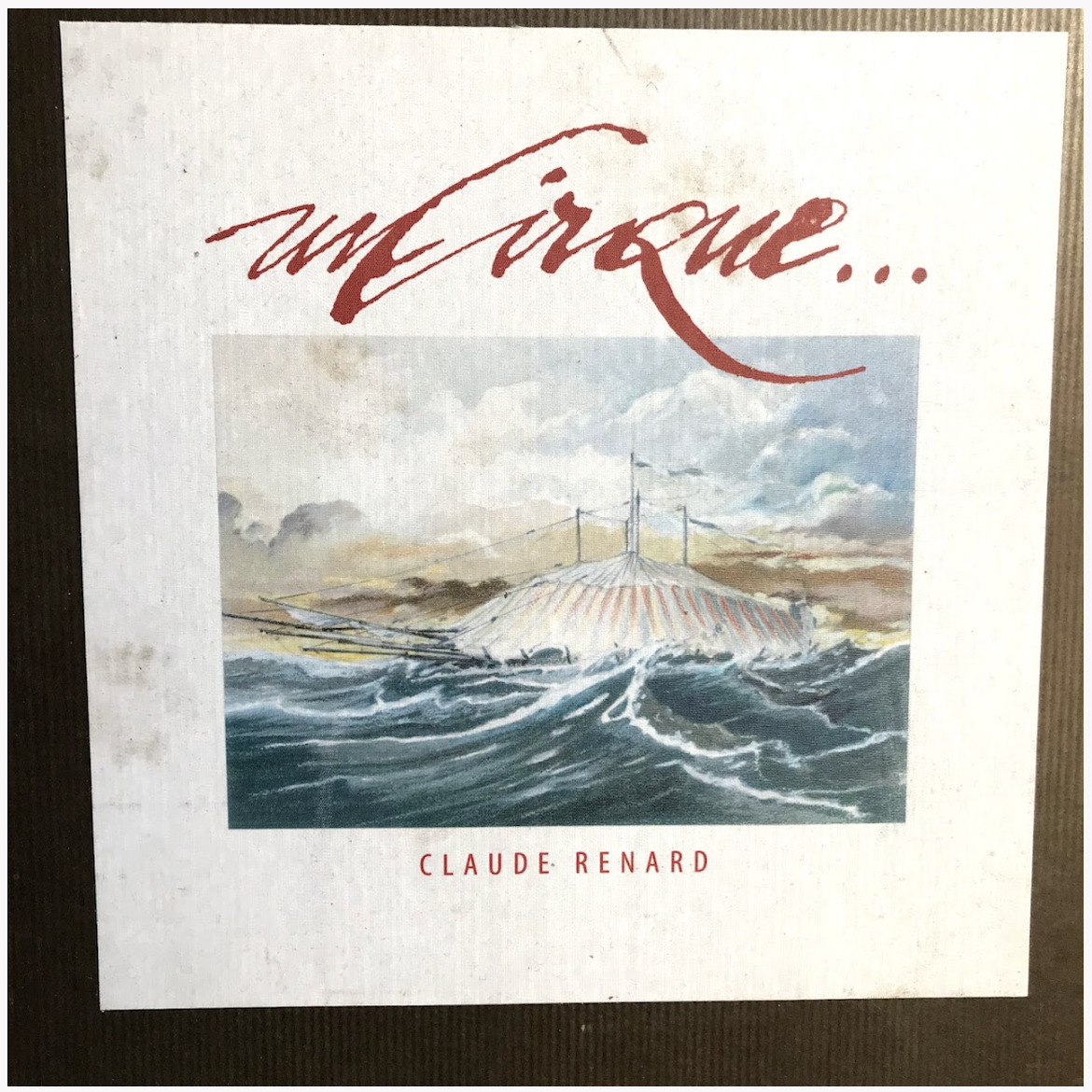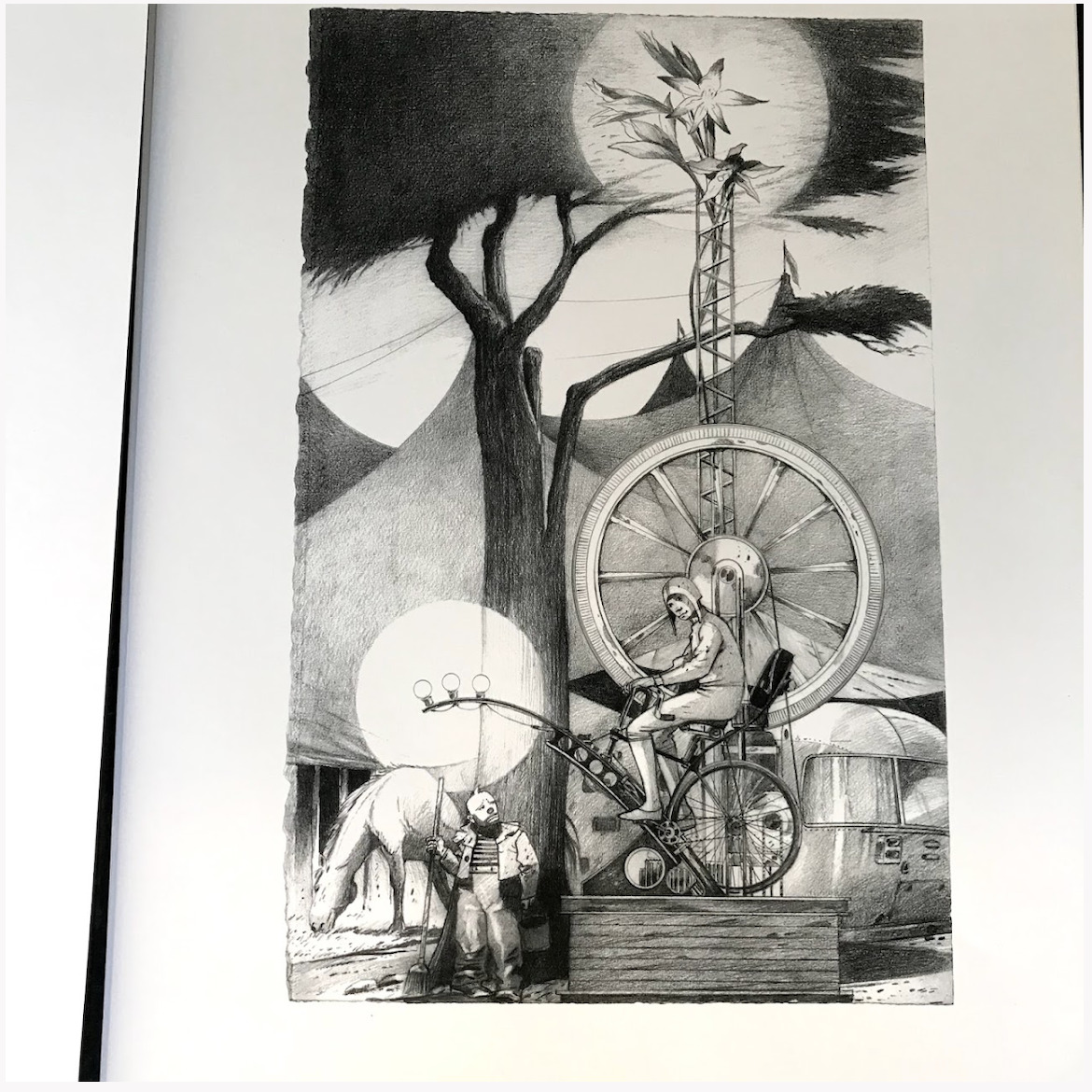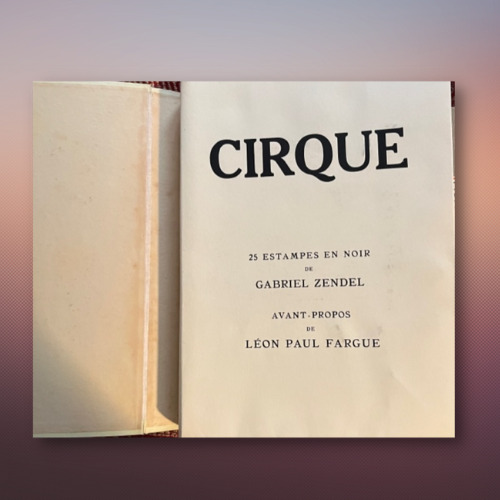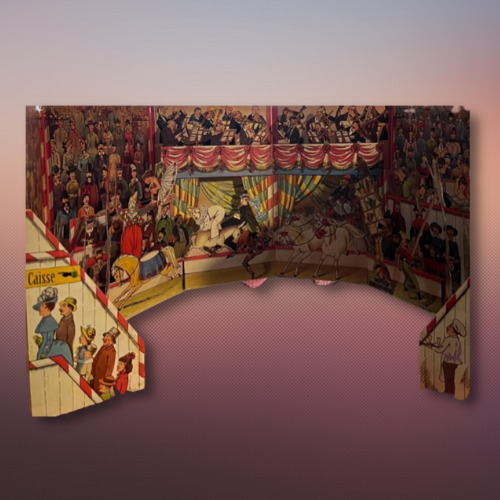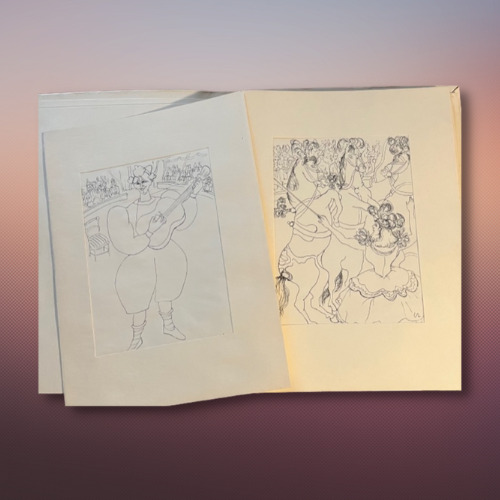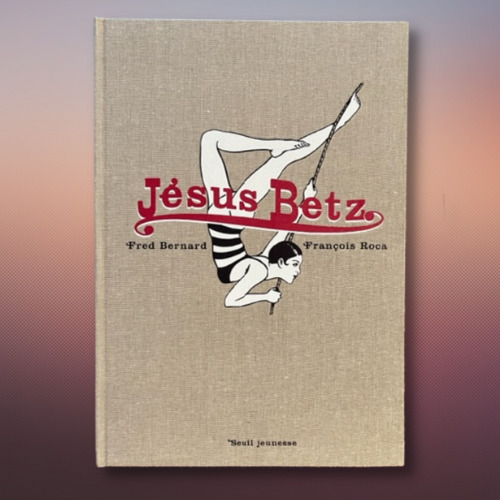Capturing the Circus Essence: Another Circus Library from Pascal Jacob Available Now
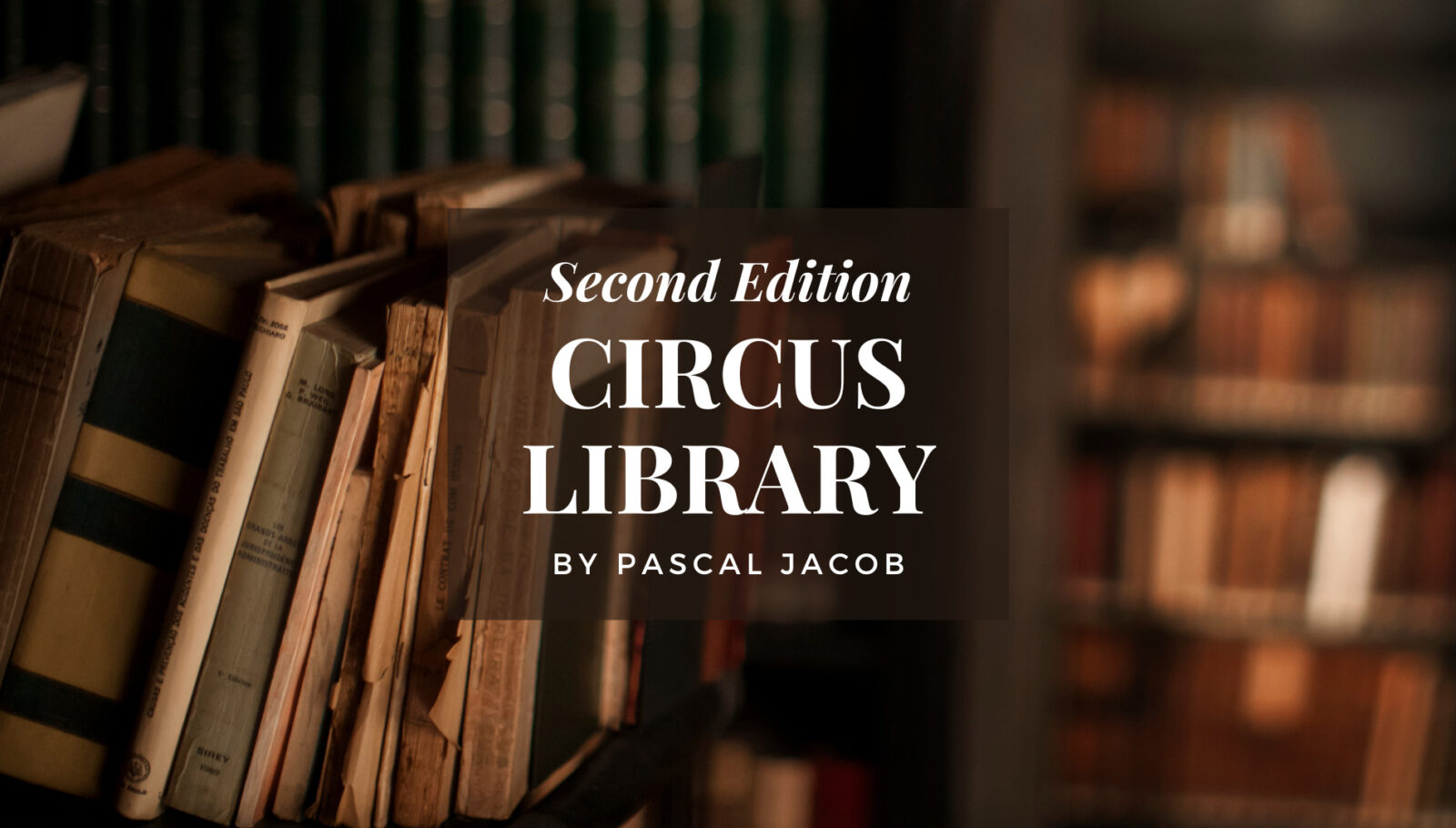
Whether you need a launching pad to jumpstart your ambitious circademic research or inspiration for your next creative endeavor, a circus library is the perfect place to begin. With circus history, images, and recollections that cannot be found online, the second Biblioteca Circense will help your organization build a repertoire of rare circus knowledge on its very own bookshelves.
Those who have been part of the CircusTalk community for a while might remember a certain article from summer 2022 about a circus library curated by the renowned Pascal Jacob, who extended his love for all things circus into a new dimension by rounding up some foundational circus texts that would give any school, collector, or institution a solid base on which to build their own personal library or resource center. We are happy to report that this Biblioteca Circense was acquired by none other than the National Circus Arts Centre of Hungary shortly after the first article’s publication. But those who missed the chance or want help laying the groundwork for their own library will be glad to know that Pascal is back with a sequel project.
An even more ambitious undertaking than the first, the second Biblioteca Circense expands upon the original library’s vision of outlining the circus arts in their full scope (while giving you the freedom to color in the picture!). You will find many of the same circus staple texts in this 250-volume collection, with valuable new additions in a few focal areas: modern classics; rare books from small-batch printings; and books of circus images, from prints to comics to photography. In Pascal’s own words, expect to see such titles as “the little book Des Corps de Cirque with careful circus drawings done by Dimitri Piot in the style of Japanese prints, and the amazing Un Cirque, with stunning printed drawings by the late Claude Renard, a notable designer for Dragone,” as well as seminal circus history books and in-depth studies of artistic disciplines and practices.
I recently caught up with Pascal and posed a few questions about his library-building philosophy, as well as some of this collection’s standouts.
Carolyn Klein (CK): In your opinion, what is the most crucial purpose a library (especially a circus library) can serve?
Pascal Jacob (PJ): A library, and especially a circus library, is a constellation of windows. It’s a deeply amazing source of inspiration in many ways: a book is at once an addition of pages, whether illustrated or not, sometimes designed with one or several texts—and always the product of a desire… A French actress said a few years ago, “Books saved me from everything.” I could edit this reflection a little bit and write, “Books saved me many times from a lack of inspiration.” Sometimes it’s simply a beautiful cover… but it can also be a sentence, a word, or a picture. I remember when I was a kid, spending hours on Sunday mornings with a magnifying glass, discovering details in pictures from American circus books! Each time was an amazing trip and an efficient way to motivate new ideas.
But books can also stay books and work as a source of knowledge. Historical references, philosophical reflections, creative processes, bibliographies: a lot of things can be given to us by books. Of course, the Web is definitely an essential space to play with, between its unknown fields to explore, but a book has something special: it’s an object with weight and texture. Sometimes books, especially really old ones, can even have a fragrance…
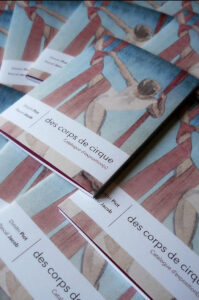
Books are a symbol of collective construction: in a circus school, a library is a singular space, and spending time there is, metaphorically, like jumping on a teeterboard! You can juggle with ideas, concepts, images… In some cases, a book can be the first stone of a creation. I truly believe that is why a library is both a best friend and a catapult for the imagination!
CK: What new additions does this library have compared to the first?
PJ: Compared with the first library, I would say this one is may be a little bit more intuitive. Through the exchanges I have had with different people interested in creating or strengthening their own libraries, I got the feeling that a set of books could be read with some “asperity” by a circus fan. So, beyond a certain number of key books, I’ve also added a treasure trove, like the collection of wonders preserved in a cathedral’s crypt, of illustrated books, which can considered as extensions of the creativity that circus inspires.
CK: Books of circus images are a key feature of this particular library. How do things like photos and illustrations help us to understand circus’ essence?
PJ: Even though I deeply believe in the power of words, I know how much an image can tell stories. A few years ago, I met a tent maker, the creator of some beautiful contemporary circus tents, and he told me how he had been inspired by a picture he saw in a book. He was talking about an announcement for the Caravansérail of Louis Soullier, a famous 19th-century French circus director—a beautiful image reproduced in one of my books, published in 1992!
Circus books are very often illustrated, and a poster, print, or photograph can help us to understand the evolution of forms. But, in order to capture the essence of the circus arts, images are also an invaluable catalogue of references. In terms of poses, costumes, or even props and apparatuses, images are a mine of information and inspiration. With a few key books, it’s fascinating to follow the mutations of circus arts through the ages and, more than anything else, feel the permanence of its essence over the centuries…
Speaking of inspiration—if you want to see how one great book collection can be used as a cornerstone to create something much, much bigger, look no further than the proud owners of Pascal’s first library!
Edition One of the Biblioteca Circense was purchased by none other than Hungary’s own National Circus Arts Centre. Already well-known nationally and across Europe for both its longstanding contributions to the performing arts and providing training and refuge to circus artists, the institution opened its own international museum in late 2022. Dedicated to researching, preserving, and presenting the history of Hungarian circus, the Museum, Library, and Archive of Hungarian Circus Arts is a public state collection of 35,000 international artifacts that range from vintage props and costumes to film clips and works of art, as well as a jam-packed, multilingual library consisting of almost 4,000 circus textbooks, 10,000 periodicals in 20+ languages, and other fascinating documents for Hungarian artists and researchers to peruse.
“2022 was an outstanding year in the development of the Hungarian Circus Centre’s library,” recalls Emese Joo, Head of the Museum, Library, and Archive. “Thanks to Susy Eötvös, our Circus Professional Manager, the international circus lover and collector community took notice of our new academic workshop and offered their support to enrich our collections. Mr. Pascal Jacob has become a unique supporting partner of our library, contributing to date a total of 535 volumes of valuable core circus reference books to help develop our international circus library. It is interesting to note that he is also responsible for the 1000th volume of our library: Baron de Vaux’s Ecuyers et écuyères. Histoire des cirques d’Europe (1680-1891), a French-language circus history book with 280 portraits and illustrations, published in Paris in 1893. Written in monographic style, the book, with etchings and textual descriptions of the men and women who practiced circus arts, focuses on both the relationship between the horse and the man trained in the circus environment and on the famous circus performers of the 19th century, including a Hungarian aspect. The book’s portrayal of performer Ilona de Széles and director-performer Eduard Wulff and the contemporary descriptions of their activities provide useful contributions to Hungarian circus history.”

.If you are interested in learning more about the library, please contact the Editor for more details at [email protected].
.
Editor's Note: At StageLync, an international platform for the performing arts, we celebrate the diversity of our writers' backgrounds. We recognize and support their choice to use either American or British English in their articles, respecting their individual preferences and origins. This policy allows us to embrace a wide range of linguistic expressions, enriching our content and reflecting the global nature of our community.
🎧 Join us on the StageLync Podcast for inspiring stories from the world of performing arts! Tune in to hear from the creative minds who bring magic to life, both onstage and behind the scenes. 🎙️ 👉 Listen now!
